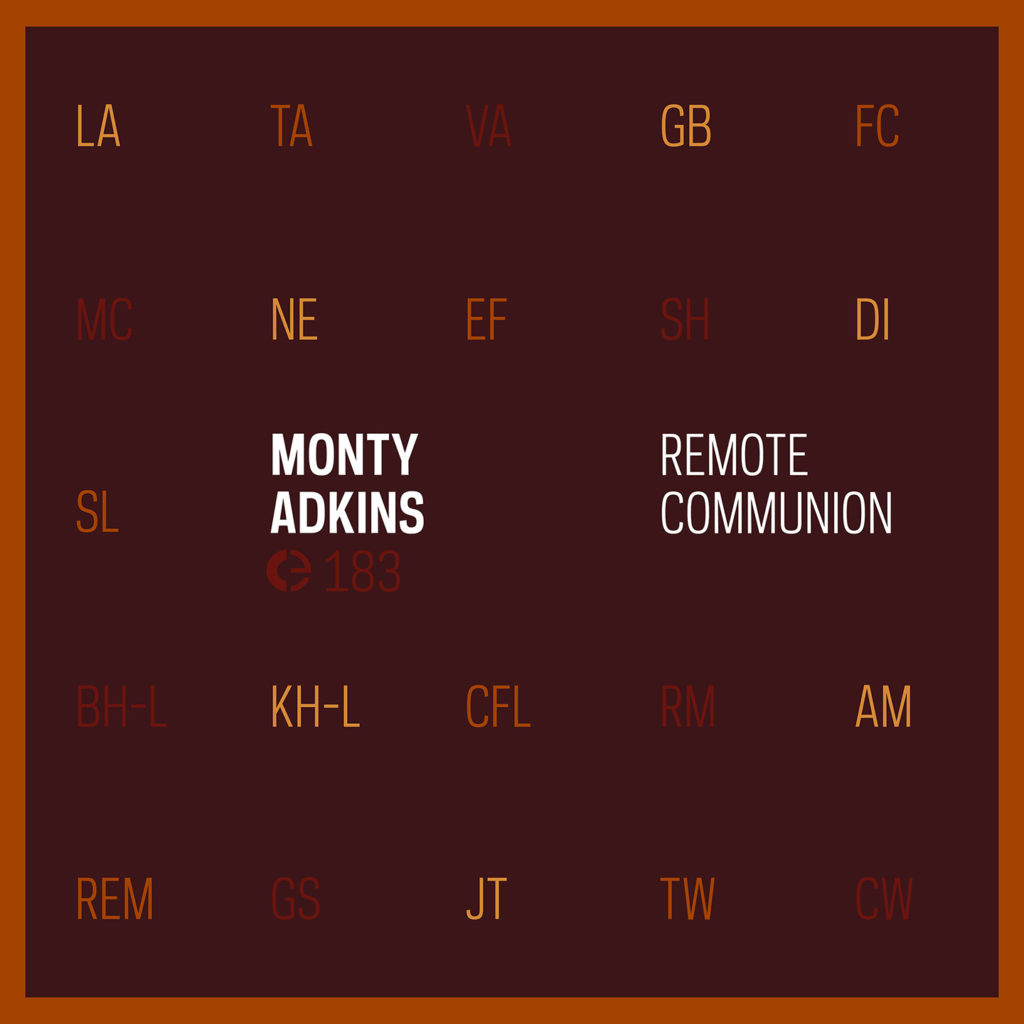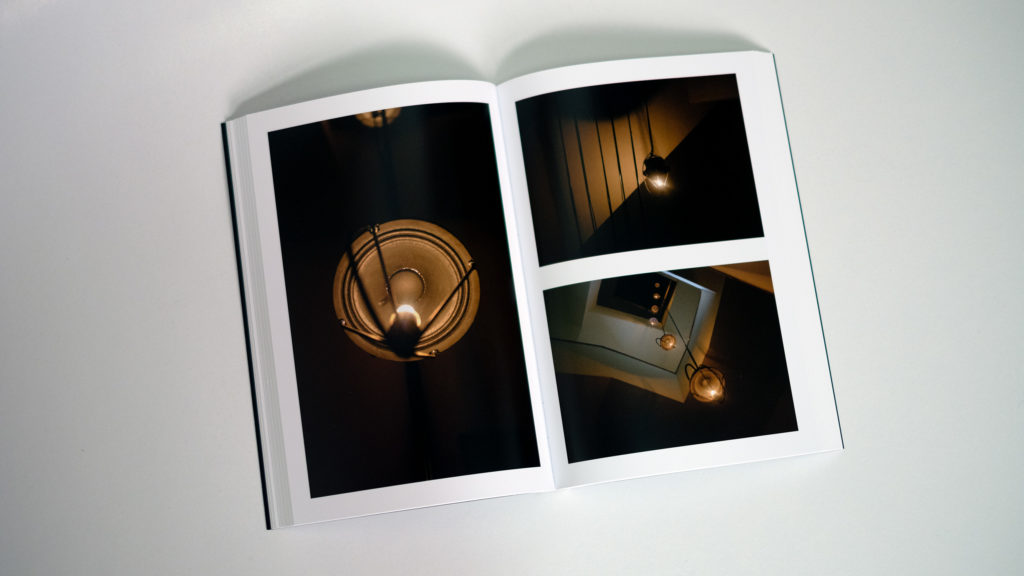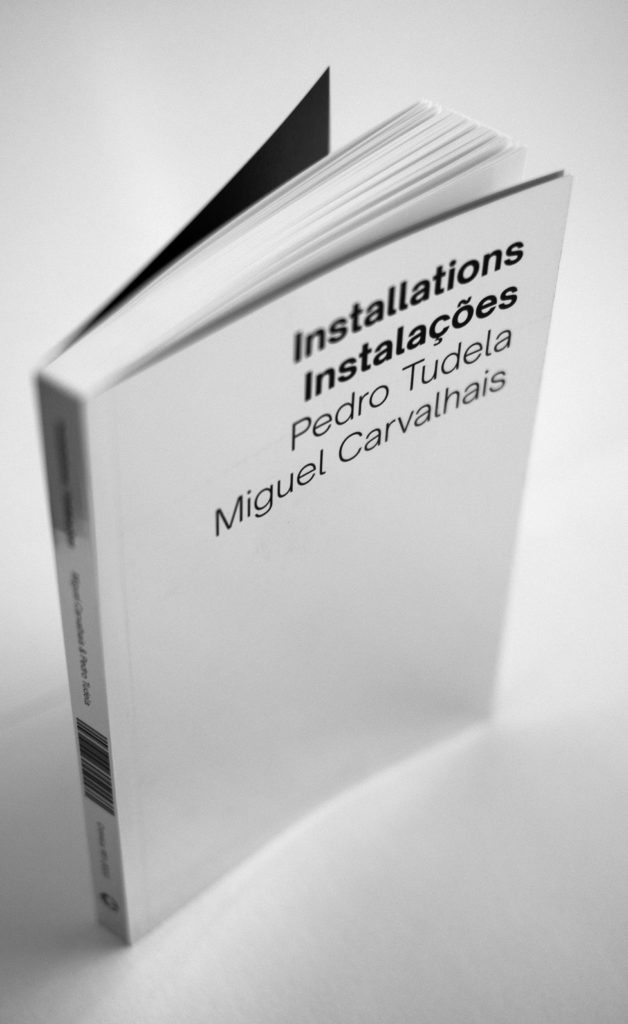
Persistent Disequilibrium is based on a set of new musical instruments where finger mounted piezo pickups are used with transducers on vibrating plate-like objects to explore resonances by touch. This creates a feedback loop where sonic vibrations pass through the material to be investigated and are not transmitted through the air. The direct contact let us come very close to the vibrating objects, and the low frequency rumble inherent in the objects is teased out and amplified in the feedback loop, creating haunting resonances and deep vibrating spaces. Various vibrating materials have been explored, such as metals, plastics, wood, ceramics, concrete, glass, bioplastics, even human bones in a living body. Closed loops of the audio feedback circuit resonate by amplifying background noise, singing on frequencies determined by the vibrational modes of the objects the sound is passing through. Contact microphones are attached to bones in the performer’s hand, enabling an embodied and direct interaction with the feedback loop. Including the body parts of the performer in the feedback circuit creates a new method of embodied sound production and allows an intimate performative control over the expressive nuances of the performative environment instigated by closely spaced vibrationalmodes of the instrument. The performer’s finger acts as a filter in the feedback circuit, and variations in performative gestures (pressure, angle, touching with the nail or the flesh) can thus selectively bring out different potential resonances of the object.
A feedback network is a chaotic system with resonances as attractors. The high sensitivity to initial conditions makes it very responsive in performance. Brandtsegg has worked on various kinds of maps of the pitch space of these instruments, uncovering the resonant topography of the vibrating objects. Even though such maps will rarely indicate anything absolute about the space, they will often give relational cues for the performer, aiding in the “where do we go from here?” conundrum of unstable situations. For the basic feedback mechanism, very simple audio processing was used with just compression and equalization and no adaptive filters. On some of the tracks, this was extended with live convolution and ring modulation techniques, blending the performer’s voice into the feedback loop and thus creating further diversions of textural resonances.
Øyvind Brandtsegg is a composer and performer working in the fields of computer improvisation and sound installations. He has a deep interest in developing new audio processing methods for artistic purposes, and he has contributed novel extensions to both granular synthesis and convolution techniques. Brandtsegg has participated on more than 25 music albums in a variety of genres. Since 2010 he is a professor of music technology at NTNU, Trondheim, Norway.
- Performed and composed by Øyvind Brandtsegg.
- Recorded at NTNU Music Tech, Fjordgata, Trondheim by Øyvind Brandtsegg.
- Mixed by Øyvind Brandtsegg.
- External ear: Maja S.K. Ratkje.
- Mastered by Miguel Carvalhais at Crónica.
- Cover photo by Jeremy Welsh, taken at an exhibition developed at Surnadal Billag by the group Pixels.Frames.Beats.Drones (Jeremy Welsh, Apichaya Wanthiang, Øyvind Brandtsegg, Tijs Ham, Trond Lossius).
- Supported by NTNU.
Persistent Disequilibrium is now available for download or stream via Crónica.













